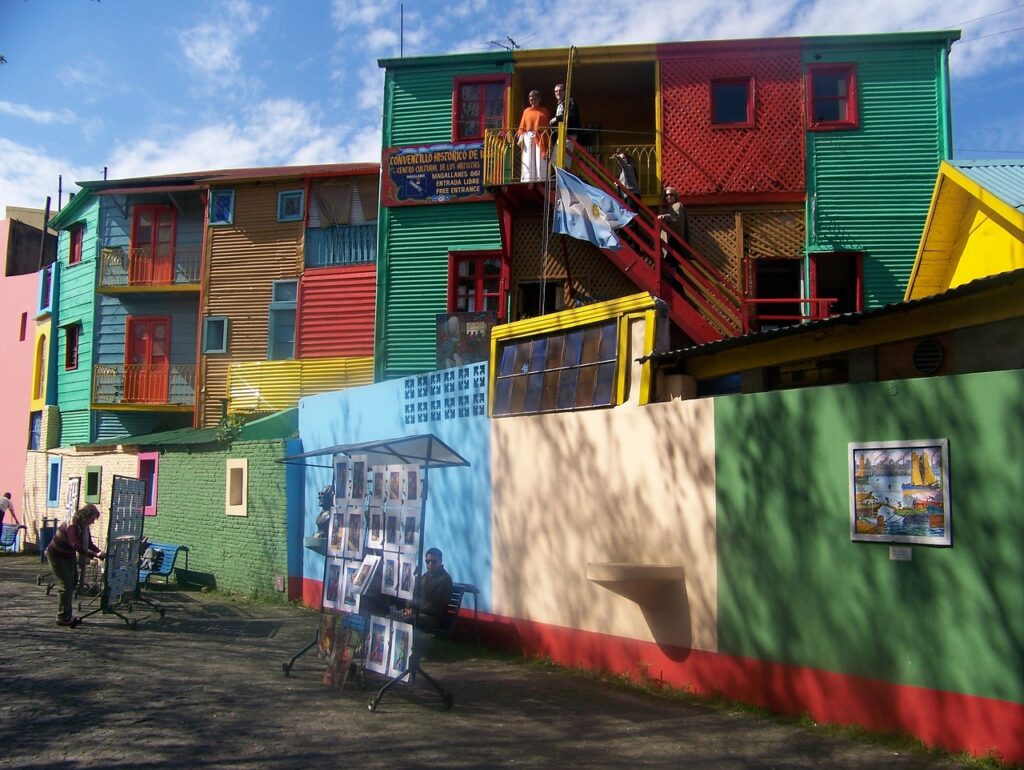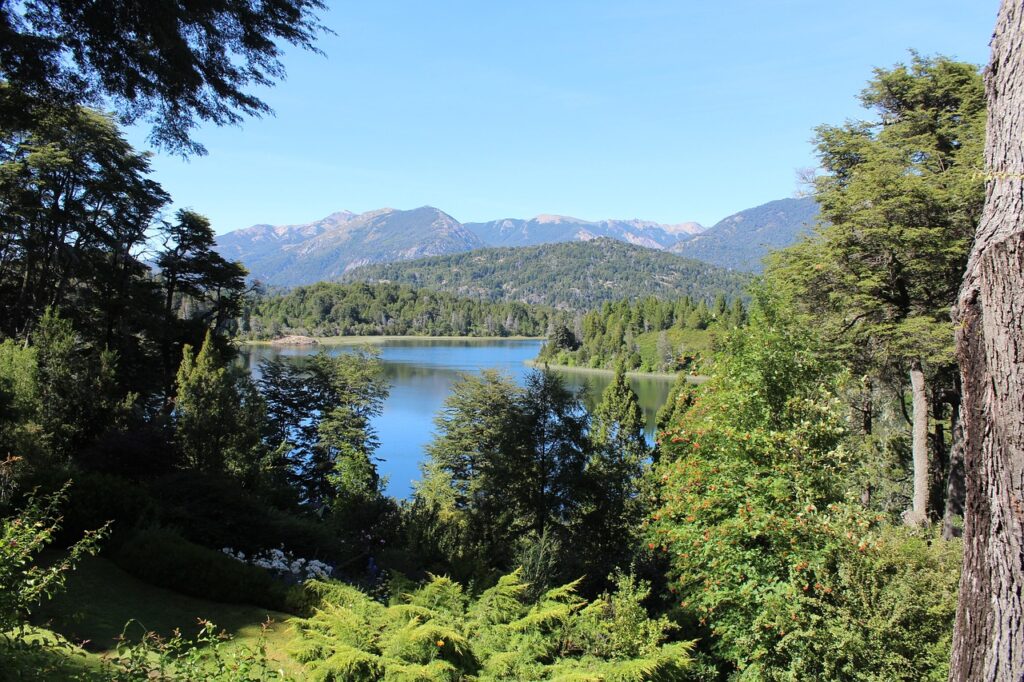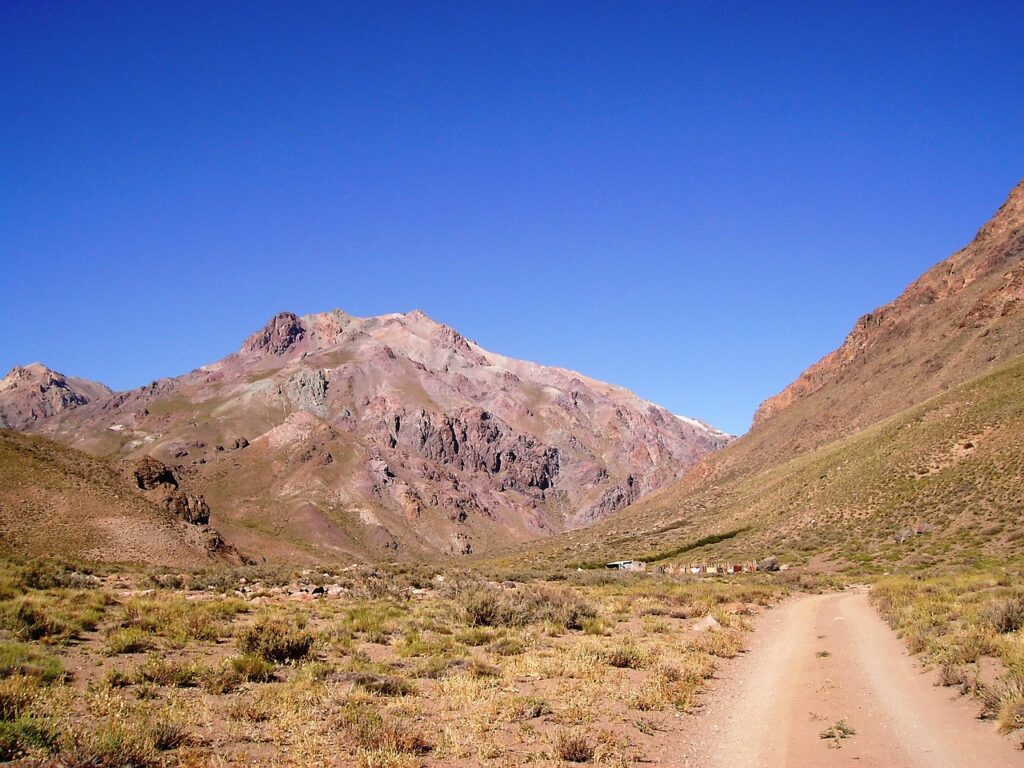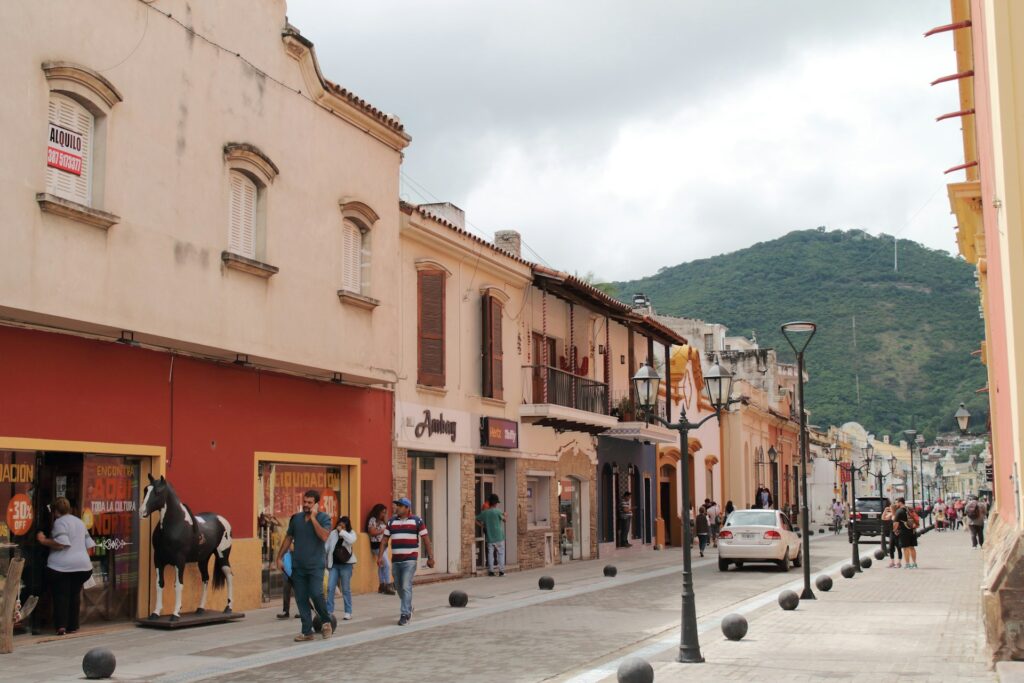In recent years, Argentina has become an increasingly popular destination for digital nomads, thanks to its low cost of living, fun culture and natural beauty. As a result, the Argentine government has made it really easy for foreigners to live and study in the country. Keep reading to find out more about how to take the step and become a digital nomad in Argentina.
Is Argentina a good place to live?
Argentina is a great place to live as a digital nomad! With so many different places and climates to choose from, Argentina has lots of options. In the north of the country, you’ll find a hot, sub-tropical climate with vast deserts, and in the south, colder regions with beautiful, snowy mountains.
Whilst it’s true that the country has its problems (economically speaking) it’s very hard to get bored in Argentina. There’s so much to see and it’s easy to meet people from all over the world in the big cities. Check out our list of Things to Do whilst in Argentina!
If you’re worried about whether Argentina is safe for foreigners, see our article on Is Argentina Safe for Tourists?
How do I apply for the Digital Nomad Visa?
In 2022, Argentina introduced a new type of visa, aimed especially at digital nomads. The visa is a temporary one and allows foreigners to remain in the country for up to 180 days, with the possibility of extending their stay for a further 180 days – meaning you can stay in Argentina legally for up to a year! You also won’t have to pay any Argentine taxes, given that you won’t be authorised to work for any Argentine companies.
You can begin the application process online here, either from your home country, or within 90 days of arriving in Argentina as a tourist.
To apply for the visa, you will need to present the following:
- An application letter stating your personal information and the type of work that you’ll be carrying out.
- A CV/resume which shows the experience you have in the field in which you’ll be working, as well as the highest level of studies you’ve achieved.
- A valid passport.
- A passport-style photo (taken during application process).
- Any documents that prove you work remotely (employment contract, payslips etc), and at least one reference related to your field of work.
Where is the best place to stay as a digital nomad in Argentina?
The other reason why many digital nomads are choosing Argentina as their next destination is because there’s so much to explore and so many different climates!
Here are five places you should consider:
1. Buenos Aires
If you’re more of a city person and you’re looking for somewhere with a vivid night life, look no further than Buenos Aires!
With countless bars, boliches (nightclubs) and restaurants, you’ll find plenty to keep you occupied in Argentina’s capital city. In the spring and summer, there are loads of music festivals and concerts going on, and Buenos Aires is a great place to meet new people.
From Buenos Aires, it’s also super easy to travel to other destinations in Argentina and other countries in South America.

2. San Carlos de Bariloche
Bariloche, located in the southwest of Argentina, is by far one of the most beatiful places in the country. In the summer, you can expect to see stunning, green forests, and in the winter, perfect, snowy mountains.
Over 100,000 people live in Bariloche, and you’ll find that there’s plenty going on in the city centre. It’s only about a 30-minute drive from the city of Bariloche to Cerro Catedral, Argentina’s biggest ski resort.

3. Mendoza
If you like wine, then Mendoza may just be the best choice for you (or maybe not).
Mendoza is also located in the west of Argentina, along the border with Chile. The province is characterised by its perfect combination of picturesque views, world-class gastronomy, sunny climate and exquisite wine.
The city of Mendoza is a brilliant place to live if you want to live in a city surrounded by natural beauty!

4. Córdoba
After Buenos Aires, Córdoba is the largest province in Argentina, in terms of population.
The city centre is big in both size and personality. The people of Córdoba are known for having a great sense of humour and for being very welcoming. There are many smaller cities surrounding Córdoba Capital, which are great places to live if you’re looking for somewhere a little more relaxed.

5. Salta
Located in the north of Argentina, Salta is one of the most tranquil places to live in the country, and its capital city is nicknamed as “La Linda”, thanks to its traditional Spanish architecture.
The scenery is also stunning. You can expect to see red mountains, cactus-covered deserts and perfectly green jungles.
Salta is also known for making the best empanadas, so it’s definitely a good place to check out!

How much does it cost to live in Argentina?
Argentina’s economy is a bit of a difficult topic, and whilst the country might not be as affordable for tourists and expats as it used to be, the cost of living is still quite a lot lower than in most European countries.
Prices vary depending on location, but here is an idea of the prices you can expect in Argentina:
- Rent per month (Buenos Aires): US$380
- Utility bills per month: US$50
- Subte ticket (Buenos Aires): US$0.50
- Loaf of bread: US$1.60
- 1kg of chicken fillets: US$5
- A dozen eggs: US$2.10
- 3-course meal at a mid-range restaurant for two: US$30
- Regular coffee: US$2.17
- A pint of beer: US$1.80
- Mid-range bottle of wine: US$4
- Monthly gym membership (high-end gym): US$20
Money can be difficult to understand in Argentina, given the country’s economic situation. To find out more, you can check out our post titled, What is the “Dolar Blue”? – Money Explained in Argentina.
To find more price comparisons, you can visit numbeo.com.
Would you consider Argentina as a place to work as a digital nomad? Have you ever lived in Argentina? Let us know your thoughts in the comments below!

